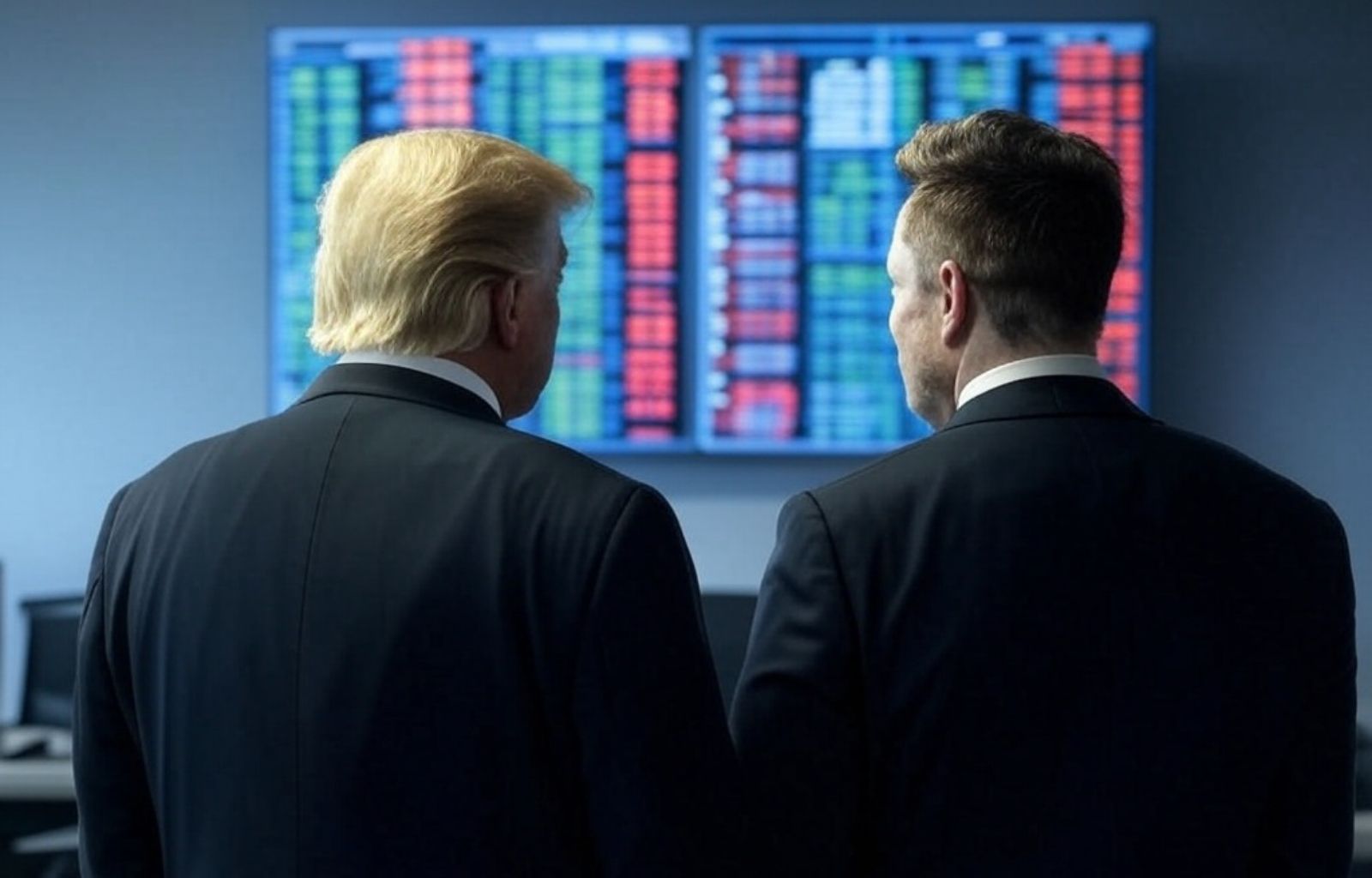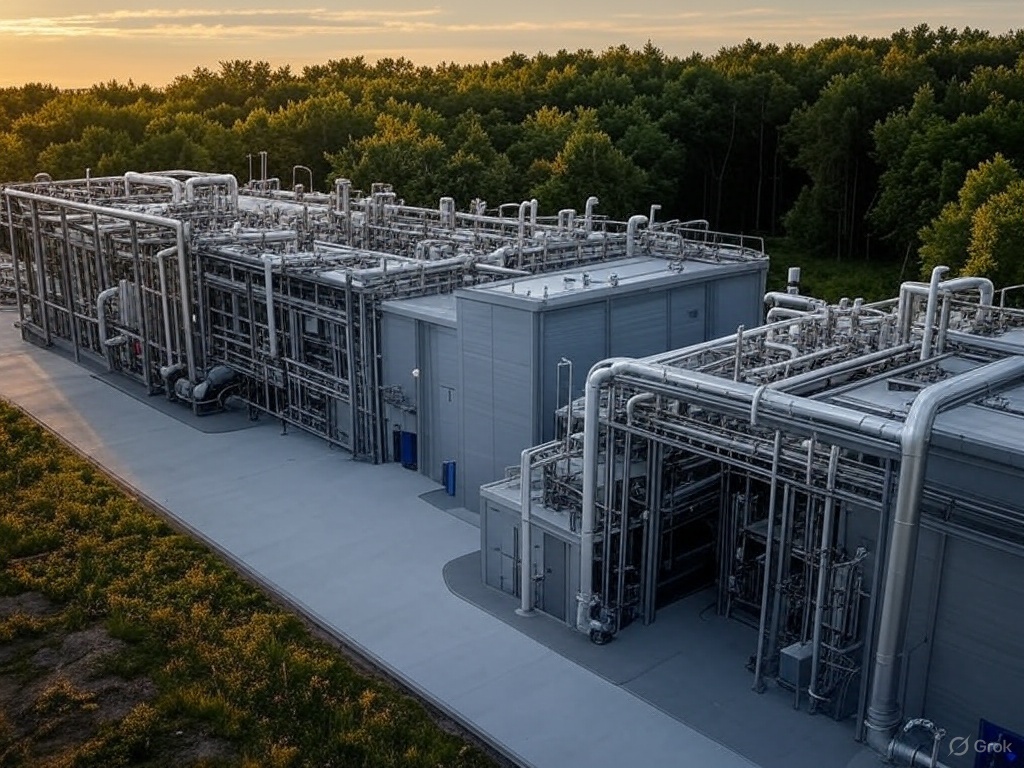Tariffs yes, tariffs no, tariffs maybe. Where do the negotiations between Taiwan and the US stand?

Taiwan, the global epicentre of semiconductor manufacturing, finds itself in a rather delicate position in trade negotiations with the US, as the White House alternates between ‘muscular’ announcements and sudden openings.
The tariffs imposed and subsequently suspended by President Donald Trump on a wide range of imported goods, including Taiwanese ones, have triggered a phase of uncertainty that Taipei is now trying to tackle with diplomatic caution and calm institutional optimism. In short, Taiwan tries to flaunt confidence, calling the situation under control, but uncertainty is definitely reigning supreme.
The issue of tariffs is certainly not new, but today it takes on a much greater strategic weight. Taiwan exports microchips, smartphones and electronic devices in such quantities that it is now irreplaceable in global supply chains, especially in the US. Yet just as the Asian archipelago thought it could strengthen its partnership with Washington, the sting arrived. Duties imposed at 32% on Taiwanese goods, first announced and then temporarily frozen.
Negotiations underway, but the path is obstacle
The first official contacts between the two governments took place recently in virtual mode. No details were leaked about the participants or a defined time agenda, but according to Taiwanese government sources, not only duties were discussed, but also non-tariff barriers, export controls and other technical measures. The caution in communications is evident. Taiwan’sOffice of Trade Negotiations confirms the talks, but avoids triumphalist statements. The United States, for its part, remains silent.
Silence reigns, but Taiwan’s presence in the first phase of the talks has been interpreted by many experts as a sign of the island’s strategic centrality in the American commercial and geopolitical design. Taiwanese President Lai Ching-te has stressed in measured words the importance of the confrontation, expressing ‘cautious satisfaction’ at the successful outcome of the first round of talks.
A way, perhaps, to reassure domestic public opinion and the markets at a time of potential economic turbulence. Lai Ching-te is trying to keep a firm grip on the helm, but the winds of tariffs from the American shores are really blowing.
Trump between exemptions and escalation
Further complicating the situation is the unpredictability of the White House’s trade policies. After imposing generalised tariffs on many product categories from dozens of countries, Trump then announced an almost partial backtrack for some sectors, including electronics. Smartphones, semiconductors and computers, including those imported from Taiwan, were recently excluded from the list of affected goods, a decision that affects about 64% of the total value of Taiwanese exports to the US.
Behind this choice, according to US press sources, is the desire not to jeopardise the internal supply of critical components, especially sensitive chips and technologies. Not surprisingly, there is already talk of a separate national security-related trade investigation into semiconductors, a further unknown factor that could shuffle the cards yet again.
How Taipei is moving
Meanwhile, Taiwan is moving on several fronts. On the one hand, it has unveiled a USD 2.7 billion plan to support industry, aimed at reducing interest rates on loans, lowering administrative costs and extending tax exemptions for the hardest hit companies. On the other hand, the government aims to open a new phase of economic cooperation with the United States. The idea, evoked several times by Foreign Minister Lin Chia-lung, is to build an economic-industrial alliance between Taipei and Washington.
An ambitious goal, which is partially reflected in the proposal to increase Taiwan’s purchases of US goods to USD 200 billion over ten years, with the intention of rebalancing the trade balance and strengthening bilateral ties. This is a significant offer, but one that now requires a clear and consistent American counterpart, which at the moment seems far from obvious.
What is to be expected now
The impression is that the talks have entered an interlocutory phase, in which the parties are probing the ground without being too open. Taiwan cannot afford to break away. Its economy is highly integrated into global markets and depends to a large extent on stable trade relations. But neither can Washington ignore the island’s strategic role, not only in terms of technology, but also in the broader Indo-Pacific, where a far more complex game is being played(see China).
In the meantime, Trump alternates between aggressive tones and sudden concessions, and Taipei continues to move with diplomacy and pragmatism, in the hope that, between one duty and another, a shared line will emerge between the two countries that will allow fundamental agreements to be reached for both countries and keep Beijing away from any no-return moves towards Taiwan.











